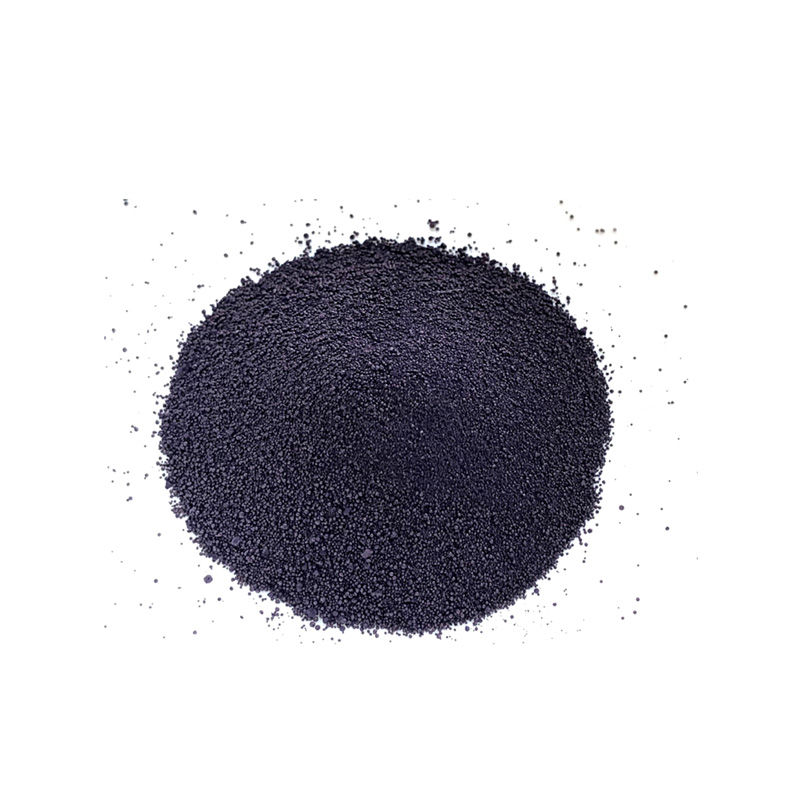Exploring the Rich History and Craft of Indigo Dyeing in Denim Fashion
The Timeless Allure of Indigo in Denim
Denim, a fabric synonymous with casual wear and cultural movements, owes much of its enduring popularity to its signature color indigo. This deep blue hue has become an integral part of the identity of denim, creating a timeless appeal that transcends generations. The story of indigo dye and its relationship with denim is a fascinating journey through tradition, innovation, and fashion.
The origins of indigo dye date back thousands of years. Ancient civilizations, including the Egyptians and the Indians, utilized the indigo plant to create captivating blue dyes. The process was meticulous, involving the fermentation of the plant leaves to extract the rich dye, which was then applied to various textiles. When it comes to denim, however, indigo was not simply a color choice; it was a practical solution for creating a durable fabric that could withstand the rigors of labor.
The Timeless Allure of Indigo in Denim
What makes indigo so special in the context of denim is its unique aging process. Unlike other dyes that penetrate fabric fibers uniformly, indigo adheres only to the surface. This quality leads to a distinct fading pattern over time, resulting in a personalized aesthetic that reflects the wearer's lifestyle. Each pair of jeans develops character and tells a story through its faded marks, creases, and color variations. This aspect has fueled the popularity of raw denim among enthusiasts who cherish the experience of breaking in a new pair and watching it evolve into something uniquely their own.
famous denim dye indigo

In contemporary fashion, the allure of indigo has not waned. Many designers continue to experiment with innovative dying techniques and blends, creating an array of styles that embrace this classic color while pushing the boundaries of contemporary aesthetics. Sustainable practices are also becoming increasingly important, with brands exploring natural indigo alternatives and eco-friendly processes. This evolution showcases indigo’s ability to adapt while retaining its fundamental essence.
Moreover, the cultural significance of indigo in denim extends globally. From Japanese selvedge denim to Italian luxury brands, each region has its interpretation of how to use indigo dye, enriching the fabric's narrative while reinforcing its universal appeal. International denim trends reflect local traditions and craftsmanship, ensuring that indigo remains at the forefront of style.
Indigo’s significance in denim is not merely a matter of aesthetics; it represents a connection to history, culture, and individuality. As we slip into our favorite pair of denim jeans, we are not only embracing a fashion statement but also walking in the footsteps of countless generations who have worn and celebrated this enduring fabric. The indigo dye in denim is a symbol of continuity, evolution, and personal expression, underscoring why it remains a staple in wardrobes across the globe.
In conclusion, indigo is more than just a color; it is the heartbeat of denim. Its storied past, coupled with its ability to adapt to modern sensibilities, ensures that indigo will continue to dye our denim, our fashion, and our lives in shades of blue for generations to come.
-
Sulphur Black Dyes in Daily Use
NewsMay.07,2025
-
Indigo Dyeing for Daily Life
NewsMay.07,2025
-
Indigo Dye Production and Its Growing Demand
NewsMay.07,2025
-
Color That Lasts
NewsMay.07,2025
-
Bromo Indigo for Modern Use
NewsMay.07,2025
-
Blue From Nature
NewsMay.07,2025
-
The Timeless Color in Fashion and Textiles
NewsApr.10,2025

Sulphur Black
1.Name: sulphur black; Sulfur Black; Sulphur Black 1;
2.Structure formula:
3.Molecule formula: C6H4N2O5
4.CAS No.: 1326-82-5
5.HS code: 32041911
6.Product specification:Appearance:black phosphorus flakes; black liquid

Bromo Indigo; Vat Bromo-Indigo; C.I.Vat Blue 5
1.Name: Bromo indigo; Vat bromo-indigo; C.I.Vat blue 5;
2.Structure formula:
3.Molecule formula: C16H6Br4N2O2
4.CAS No.: 2475-31-2
5.HS code: 3204151000 6.Major usage and instruction: Be mainly used to dye cotton fabrics.

Indigo Blue Vat Blue
1.Name: indigo blue,vat blue 1,
2.Structure formula:
3.Molecule formula: C16H10N2O2
4.. CAS No.: 482-89-3
5.Molecule weight: 262.62
6.HS code: 3204151000
7.Major usage and instruction: Be mainly used to dye cotton fabrics.

